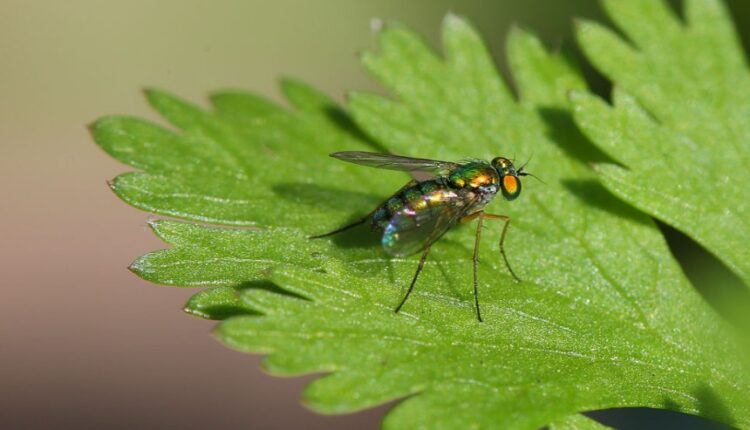In a groundbreaking discovery, researchers at Tel Aviv University have found evidence that plants and insects can interact through sound, signaling a new frontier in understanding communication in nature.
The study, published in the journal eLife, reveals that female moths can detect ultrasonic distress sounds emitted by dehydrated tomato plants. These sounds influence where the moths choose to lay their eggs—a crucial decision, as they typically lay eggs on tomato plants to ensure a food source for their larvae.
Led by researchers Rya Seltzer and Guy Zer Eshel in the labs of Professors Yossi Yovel and Lilach Hadany from the university’s Wise Faculty of Life Sciences, the study is the first to demonstrate acoustic interaction between a plant and an insect.
The research builds on earlier work by the same group, which found that stressed plants emit ultrasonic sounds. While inaudible to humans, these sounds can be detected by many insects and some mammals, including bats.
In a controlled experiment, scientists gave female moths a choice between two healthy tomato plants: one was silent, while the other had a speaker playing recorded sounds from a stressed plant. The moths consistently preferred the silent plant, indicating they use sound cues to avoid laying eggs on potentially unhealthy hosts.
Further testing confirmed the moths were responding specifically to plant-generated sounds.
“This is the first time we’ve shown that animals can interpret and react to sounds emitted by plants,” said Professor Hadany. “We believe this is just the beginning. Many more animals may be listening—and responding—to plants.”
The discovery has potential implications for agriculture and pest management, hinting at future strategies that could use sound to monitor crop health or influence insect behavior without chemicals.



